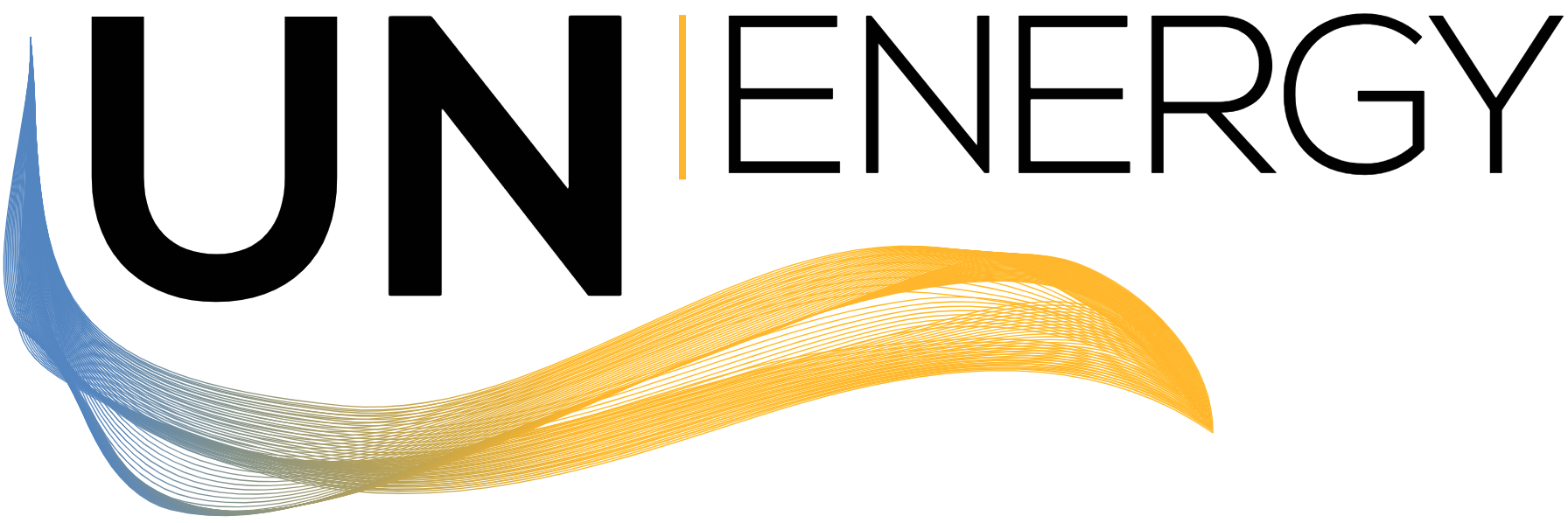PROGRESS TOWARDS GOAL 7
The 2025 edition of Tracking SDG7: The Energy Progress Report monitors and assesses progress in the global quest for universal access to affordable, reliable, sustainable and modern energy by 2030. The latest available data and select energy scenarios are set forth in this annual report, which is issued jointly by the SDG 7 custodian agencies responsible for collecting and analyzing the data: the International Energy Agency (IEA), the International Renewable Energy Agency (IRENA), the United Nations Statistical Division (UNSD), the World Bank, and the World Health Organization (WHO).
The 2025 report finds that energy access has improved, but needs international financial support to boost progress and address disparities. Noting that the majority of the 666.4 million people who lack electricity reside in rural and vulnerable areas, the report urges scaled-up, tailored financial support for decentralized renewable energy in developing countries.
Universal access
SDG target 7.1 is universal access to affordable, reliable, sustainable and modern energy services, with 7.1.1 focusing on access to electricity and 7.1.2 focusing on access to clean cooking solutions. Almost 92 percent of the world's population now has access to electricity, in contrast to 87 percent in 2010, but the trajectory to reach universal access by 2030 is challenging. The latest data shows that in 2023, 666.4 million people lacked electricity, a drop of 19 million from the previous year. While this marks a positive rebound from the drop reported in 2022, the growth rate needs to accelerate sharply to reach universal access by 2030.
Of those lacking electricity, 85 percent reside in Sub-Saharan Africa, almost entirely in rural communities. Decentralized energy solutions provided 55 percent of the new connections in Sub-Saharan Africa between 2020 and 2022, and more than 50 million off-grid solar products were sold in both 2022 and 2023.
Little to no change was observed in access to clean fuels and technologies for cooking between 2022 and 2023. Although the number of the world's population with access to clean cooking fuels and technologies (such as stoves using electricity or LPG) increased from 64 percent in 2015 to 74 percent in 2023, around 2.1 billion people remain dependent on polluting fuels and technologies (such a charcoal, wood or kerosene). If current trends continue, only 78 percent of the global population will have access to clean cooking by 2030.

Energy efficiency
SDG target 7.3 calls for the rate of global improvement in energy intensity to double by 2030, relative to the 1990-2010 average. The global trend shows that primary energy intensity, defined as the ratio of global energy supply to gross domestic product, declines by 2.1% in 2022, four times the improvement rate of 2021. Energy intensity needs to improve by 4 percent per year on average to reach the 2030 goal.

Renewable energy
SDG Target 7.2 aims to increase substantially the share of renewable energy in the global energy mix. According to the latest data, in 2022 the global share of renewable energy sources in total final energy consumption (TFEC) stood at 17.9 percent, having gradually increased by over three percentage points in the preceding 15 years. Renewables made up almost 30 percent of global electricity consumption and 21 percent of energy used for heat, while their share in transport-related energy consumption was 3.9 percent. The share of renewables would need to reach well over 33-38 percent of global TFEC by 2030 -- and account for 60-65 percent of power generation -- to be on track to limit temperature rise to less than 1.5 degrees C. On a positive note, installed renewable energy capacity reached an all-time high of 478 watts per capita in 2023.

International public financial flows
Tracking of the SDG 7.a.1 indicator shows that international public financial flows to developing countries in support of clean energy increased by 27 percent from 2022, reaching USD 21.6 billion in 2023, but even so, the developing world received fewer flows in 2023 than in 2016, when commitments peaked at USD 28.4 billion. Despite gradual diversification, funding remained concentrated, with only two Sub-Saharan African countries among the top five recipients. Debt-based instruments drove most of the increase in international public flows, accounting for 83 percent in 2023, while grants made up only 9.8 percent of flows. IEA and IRENA estimate that average annual investments related to the energy transition will have to be in the range of USD 4.2-4.5 trillion by 2030. Addressing the investment gap, particularly in developing economies, and tackling the high cost of capital, will be critical.
Source: Tracking SDG7: The Energy Progress Report 2025

